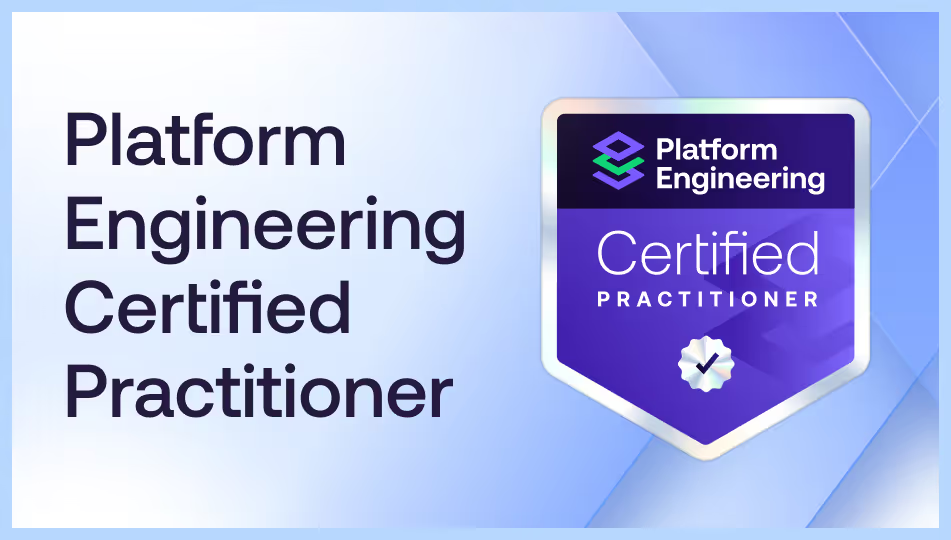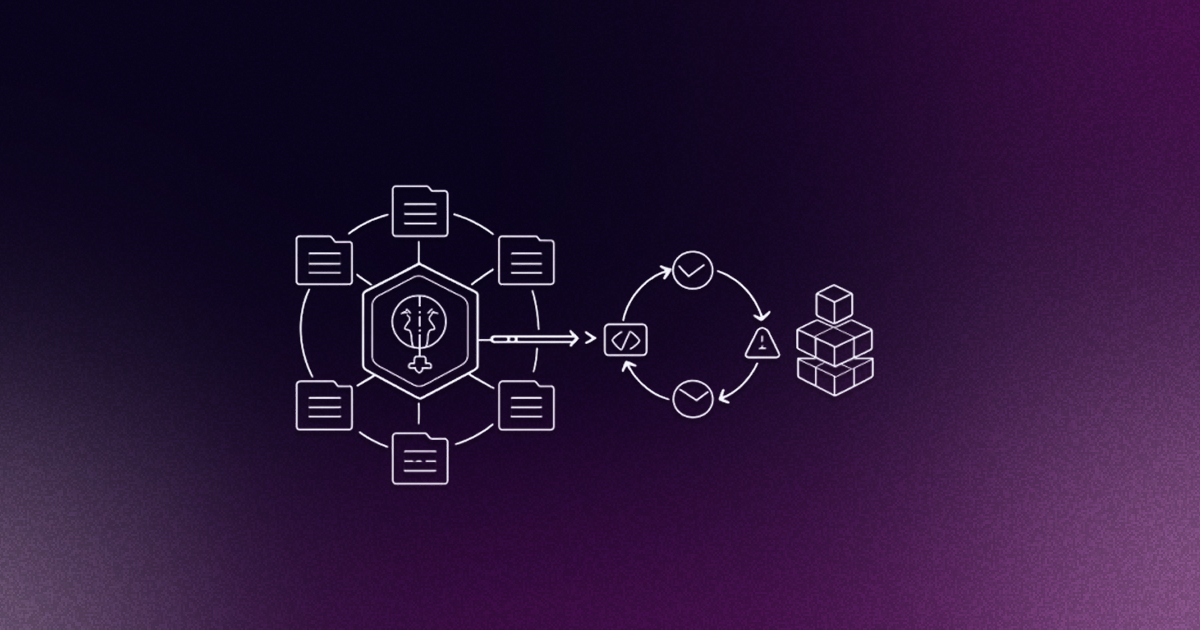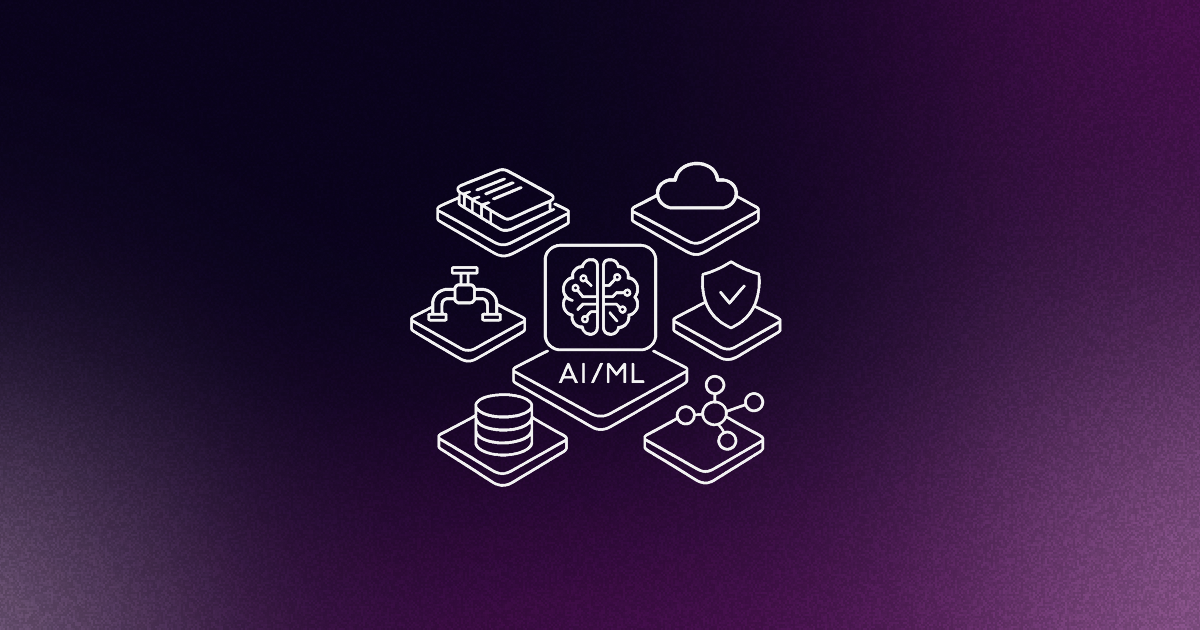AI is turbocharging innovation across healthcare, enabling breakthroughs in clinical workflow, research, and the back office. However, in an industry focused on human health, the complexity and potential impact of catastrophic failure are immense. The transition to AI-native systems must be guided by the strictest interpretation of the Hippocratic Oath: "Do No Harm."
As we approach this inflection point, the greatest danger isn't technical; it's the potential for AI to introduce or amplify both moral and ethical harms. Platform engineering must act as the primary structural defense, shifting focus from merely accelerating delivery to fundamentally embedding safety, ethics, and governance into every workflow.
This article examines the significant moral and ethical risks associated with AI in healthcare and outlines the essential platform engineering practices required to ensure its responsible implementation.
The moral imperative: Addressing bias and inequality
The integration of AI introduces significant ethical risks, particularly in relation to fairness and equity. Algorithms trained on historical data will perpetuate or exacerbate existing social disparities. The consequences of neglecting these concerns include:
- Unequal access to care: AI models will reflect and operationalize biases related to cultural, racial, gender, or socioeconomic factors present in the data they are trained on. If left unchecked, the systems intended to improve outcomes could result in widely variant care quality.
- Divergent outcomes: AI-generated code is a reality, and platform engineers must deal with its negative consequences. AI-generated code often originates in open-source libraries, which are inherently insecure. AI tools are likely to generate output that lacks sufficient security and governance controls. Given the opaque nature of these AI models, combined with the fact that training data does not adequately represent the necessary levels of diversity to encompass individuals across all spectrums of society, it is reasonable to assume that less represented individuals may experience negative, potentially even harmful outcomes from relying on these systems. The platform engineer must prevent such outcomes.
More than just providing better outcomes for patients, addressing these concerns is crucial for regulatory compliance. For healthcare organizations navigating stringent regulations like HIPAA and GDPR, addressing these risks is non-negotiable. The platform engineer must define and enforce standards for model review and outcome assessment to combat these negative outcomes.
The solution: Platform engineer as the guardian of trust and privacy
Platform engineering provides the essential mechanism for enforcing the policies that govern the ethical deployment of applications. This is achieved through strict governance, standardization, and rigorous controls, particularly with regard to sensitive Protected Health Information (PHI).
1. Security and compliance built-In
In an AI-native world, compliance, governance, and security must be embedded into the platform's core. It’s not enough for it to be “bolted on” later. Each system must be actively measured against compliant outcomes that serve the interests of the human lives in its charge, and must honor the rights and privacy of those individuals.
Data privacy becomes particularly problematic in an AI environment designed to consume and iterate on all data it can access. One key strategy is to ensure that PHI processes and controls remain in-house and secure. All efforts must be made to ensure that proprietary or sensitive data is not accidentally exposed to the public by Large Language Models (LLMs). Important considerations in facilitating this include:
- Secure sandboxes: Architectures that allow model training and development using enterprise data in secured, private environments.
- Compliance automation: Automatically applying necessary controls. These include data encryption, secure access policies, and audit logging to all digital assets from the moment they are created. This reduces risk and ensures compliance throughout the entire AI/ML model lifecycle, from data processing to serving.
Done well, platform engineering specifically addresses the ethical challenge of PHI protection by providing clear guardrails in the base architecture, making compliance native to the platform. This enables application teams to focus on delivering value, confident that the underlying platform is enforcing HIPAA and GDPR standards. Furthermore, shared accountability facilitated by platform engineering provides operational stability without loss of development velocity. These are critical considerations when balancing the handling of sensitive patient data with the need to deliver optimized outcomes quickly.
2. Balancing autonomy with meaningful human oversight
A significant moral risk in the implementation of autonomous, goal-oriented "agentic AI" is the limitation of human agency or autonomy. When human users (or adjacent AI agents) defer authority entirely to AI systems without sufficient oversight or control, the risks of negative outcomes quickly become unmanageable. The platform must be designed to interrupt and manage agent behavior to protect the human interests at play.
Platform engineering can address this by establishing meaningful points of human oversight and automated checks, including:
- Implementing adversarial agent patterns: To proactively counter the inherent risks of AI-generated content (such as bias, security flaws, or code vulnerabilities), platform teams can employ an "adversarial agent" pattern. In this configuration, one agent generates the output, and a second, specialized agent checks that output against predefined standards and guidelines. This critical defense mechanism ensures that the generated code or proposed actions adhere to ethical and quality standards.
- Prompt refinement for accuracy: The above secondary agent can go a step further and adjust the prompt used by the first agent to secure more accurate outcomes. This principle of refining the input ensures the AI receives more explicit instructions, leading to better results. Using AI tools to suggest better prompts helps ensure the upstream requirements given to the AI are clear and compelling.
- Deterministic backend orchestration: Instead of giving AI direct access to raw infrastructure APIs, the platform should establish a deterministic backend API (a platform orchestrator). This layer can act as a policy engine, ensuring that any action an AI agent takes is policy-checked, deterministic, and within the agent's role-based access control (RBAC) boundaries.
- Human-in-the-Loop (HITL) guardrails: Agentic workflows must sometimes be designed to propose actions rather than enact them. For critical operations, the platform should require human approvals and provide reasoning (complete with logs and supporting data) for agent decisions before execution., This ensures that AI agents are forced to “show their work” and allows human judgment to remain paramount, especially in patient care contexts.
Ensuring accountability through transparency: “Showing their work”
Trust is paramount in healthcare, and it cannot be achieved if AI operates as an opaque "black box". Accountability requires exposing the model's logic and data for thorough review and examination. To this end, platform engineers should ensure that any architecture provides the following controls:
- Transparency mandate: Platform engineering should mandate the creation of a Transparency Board to provide visibility into AI systems, exposing models and data for audit and review.
- LLM observability and audit trails: Platforms need specialized monitoring capabilities that go beyond traditional observability. This includes adding LLM-specific observability, such as prompt drift detection, token trace logs, or relevance scoring for Retrieval Augmented Generation (RAG) responses. Logging agent actions, outputs, and supporting context creates the necessary audit trails to track system behavior, which is crucial for proving fairness and compliance.
- Model Context Protocols (MCP): Standards like MCP can be used to securely define and expose internal organizational assets (source code, runbooks, APIs) to AI systems. This secure sharing of context is vital for auditability and for enabling AI systems to interact deterministically with diverse digital assets.
Platform engineering should reinforce accountability by linking platform activity directly to organizational goals and ethical outcomes. By connecting platform governance (guardrails, policies, audit trails) to key business indicators (OKRs/KPIs), the platform engineer makes the impact of ethical controls visible. This approach ensures that platform teams are translating technical work into measurable business outcomes, thereby maintaining leadership buy-in and validating that investments support responsible, patient-centric outcomes.
Defining the future structure
The time to define the governance structure for AI transformation is now.
Platform engineering is the structured, repeatable, and scalable mechanism required to manage the unique constraints of healthcare IT as it advances in its AI journey. By embedding ethical safeguards, enforcing rigorous governance standards, and ensuring transparency into AI black boxes, platform engineering teams can ensure that AI innovation follows a path of responsibility.
If we fail to establish this structure, AI adoption will likely follow the path of least resistance, which often correlates to the path of most significant potential harm. Our collective mission is to establish the architectural and cultural practices that guide outcomes toward a Utopian rather than a Dystopian future.













